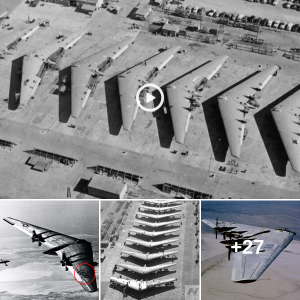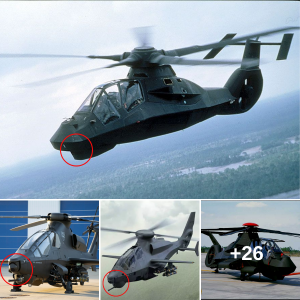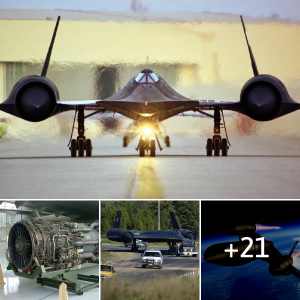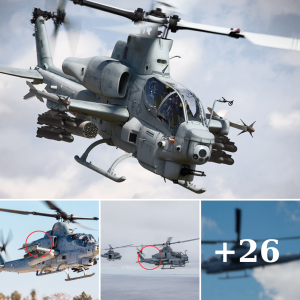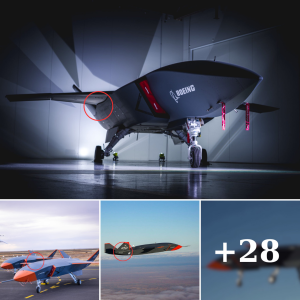Fiat Aviazione was the winner of the NBMR-1 competition, and then G.91 was born. G.91 entered service with the Italian Air Force in 1961, and with the West German Air Force by the following year. G.91 produced from 1956–1977, with a total of 756 completed.
G.91 was known as “Gina”. She was designated a light tactical ground attack aircraft. The plane had a length of 10.3 m (33 ft 10 in), wingspan of 8.56 m (28 ft 1 in), height of 4 m (13 ft 1 in), empty weight of 3.1 tons (6,834 lb) and maximum takeoff weight of 5.5 tons (12,125 lb).

Born in the early days of the jet era, the G.91’s design was heavily influenced by the F-86 Saber. G.91 was designed with a single seat, all of metal. The forward section, which was produced separate to the others before being rivetted to the centre fuselage, contains various radio navigation and communication equipment such as radio direction finder, transponder, ultra high frequency (UHF) radio, and identification friend or foe (IFF); the nose typically contained a total of three cameras.

The cockpit was positioned directly above the chin-mounted air intake for the engine. It was surrounded on three sides with steel armour plating, the glass windshield was also armoured. The pilot sat on a Martin-Baker Mk.4 ejector seat. He sat under a two-piece glass canopy with excellent forward and side views.

G.91 was equipped with a pair of low-mounted swept wings, which were swept back at extreme angles both along the leading and trailing edges. Each wing was fitted with a single hard-point on Italian models, while the German variant was fitted with two.
The empennage was a combination of a single vertical tail fin and two horizontal planes, all swept back. The undercarriage was a conventional tricycle arrangement featuring two main single-wheeled landing gear legs and a single-wheeled nose landing gear.

The G.91 was powered by a Bristol Siddeley Orpheus 803 turbojet engine, producing 22.2 kN thrust. She was able to reach a top speed of 1,075 km/h (668 mph), a range of 1,150 km (710 mi), a service ceiling of 13,100 m (43,000 ft), and rate of climb of 30 m/s (5,900 ft/min).
